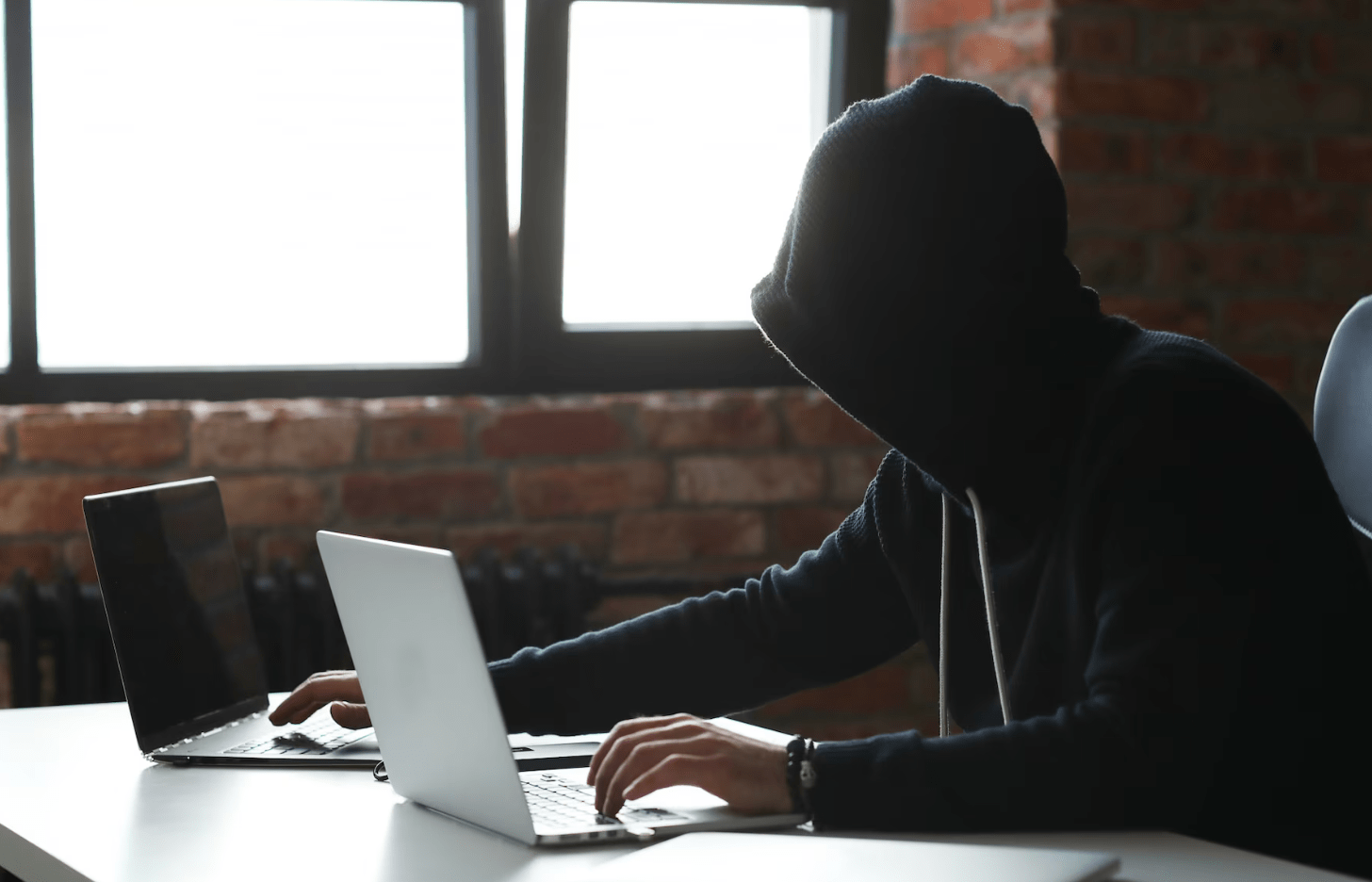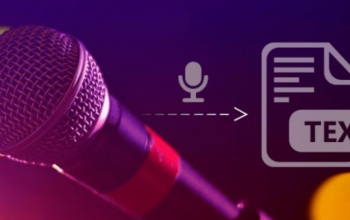Credit card fraud has become a pervasive threat, causing financial losses and inconvenience for individuals and businesses alike. Therefore, detecting and protecting against unauthorized transactions is essential to safeguard your financial well-being. This article aims to provide insights and strategies for detecting and preventing fraud, enabling you to take proactive steps to secure your finances.

Understanding Credit Card Fraud
Credit card fraud is the unauthorized use of someone’s information for fraud. Fraudsters employ various methods to obtain card details, including phishing scams, data breaches, and skimming devices. The consequences of fraud can range from financial losses and damaged credit scores to reputational harm for businesses.
Warning Signs of Credit Card Fraud
To protect yourself against fraud, it is important to be vigilant and aware of potential warning signs. Here are some indicators to watch for:
- Unrecognized or unusual transactions on credit card statements: Regularly review your statements for any transactions that you did not initiate or recognize. Look for unfamiliar merchants or unusual amounts.
- Unexpected notifications or communications regarding credit card activity: Be wary of receiving notifications or messages about credit card activity that you did not initiate. Fraudsters may attempt to deceive you into providing sensitive information or confirming fraudulent transactions.
- Suspicious online and offline behaviors indicating potential fraud: Consider any unusual online or offline behaviors that may indicate fraud. These include receiving unsolicited phone calls or emails requesting personal information or experiencing difficulty in accessing your credit account.
Protecting Against Credit Card Fraud
Taking proactive measures to protect yourself against fraud is crucial. Here are some strategies to implement:
Safeguarding credit card information
- Use secure websites for online transactions: Look for the padlock symbol and “https” in the website address before entering credit card information. Avoid making transactions on unsecured or suspicious websites.
- Avoid sharing card details over unsecured networks: Be cautious when using public Wi-Fi or other unsecured networks for online transactions. These networks can be easily compromised, allowing fraudsters to intercept your information.
- Protect physical credit cards and keep them secure: Keep your cards in a safe place and never leave them unattended. Additionally, sign the back of your cards to prevent unauthorized use if they are lost or stolen.
Strengthening account security
- Ensure the strength and uniqueness of your online account passwords by incorporating a mix of letters, numbers, and special characters. Steer clear of predictable information like your name or birthdate. For added convenience and security, you may opt to utilize a password manager to securely store your passwords.
- Enable two-factor authentication for added security: Two-factor authentication adds an extra layer of protection by requiring an additional verification step, such as a unique code sent to your mobile device, when logging into your accounts.
- Regularly monitor your bank accounts for suspicious activity: Check your statements frequently for unauthorized transactions. Utilize online banking tools or mobile apps to monitor your account activity in real time. Set up alerts for unusual activity or spending thresholds.
Being cautious of phishing scams and social engineering tactics
- Recognize common phishing techniques and email scams: Be wary of unsolicited emails or messages that request personal or financial information. Phishing emails often appear legitimate but aim to deceive recipients into revealing sensitive data.
- Verify the authenticity of emails and websites before sharing personal information: Double-check the email sender’s address and scrutinize the email content for any suspicious or grammatical errors. When making online transactions, ensure you are on a legitimate website by manually typing the URL or using trusted bookmarks.
- Avoid sharing sensitive information over the phone or through unsolicited requests: Be cautious when receiving unsolicited phone calls or messages requesting card details or personal information. Legitimate organizations will not ask for such information without proper verification.
Reporting Credit Card Fraud
If you suspect or confirm fraud, it is crucial to take immediate action:
- Contact the bank immediately: Notify your card issuer or bank about unauthorized transactions or suspicious activity. They will guide you through the necessary steps to protect your account and initiate an investigation.
- File a police report and provide necessary documentation: Report the incident to your local law enforcement agency and provide them with all relevant information, including transaction details, dates, and any evidence you have. A police report can help support your case and aid in the investigation process.
- Report the incident to relevant authorities and consumer protection agencies: Inform appropriate authorities such as the Federal Trade Commission (FTC) or your country’s equivalent consumer protection agency. These organizations track fraudulent activities and provide resources for victims of fraud.
Emerging Technologies for Credit Card Fraud Detection
Advancements in technology are aiding in the fight against fraud. Here is an example of how a table can be incorporated organically into the text:
| Technology | Description |
| Advanced fraud detection tools and systems | Financial institutions and payment processors employ sophisticated algorithms and machine learning models to analyze transaction patterns, detect anomalies, and flag potentially fraudulent activity. |
| Machine learning and artificial intelligence | Machine learning algorithms are trained to identify patterns and behaviors associated with fraud. These models continuously learn from new data to enhance their accuracy in detecting unauthorized transactions. |
| Biometric authentication and tokenization | Biometric authentication methods, such as fingerprint or facial recognition, add an extra layer of security to confirm the cardholder’s identity. In addition, tokenization technology replaces sensitive card information with unique tokens, reducing the risk of data breaches. |
Conclusion
Detecting and protecting against fraud is vital for maintaining financial security in today’s digital age. You can minimize the risk of unauthorized transactions by staying vigilant, implementing security measures, and promptly reporting any suspicious activity. Remember to monitor your statements regularly, adopt strong security practices, and leverage emerging technologies to safeguard your financial well-being. By taking proactive steps, you can protect yourself against fraud and enjoy peace of mind in your financial transactions.
Sources:



